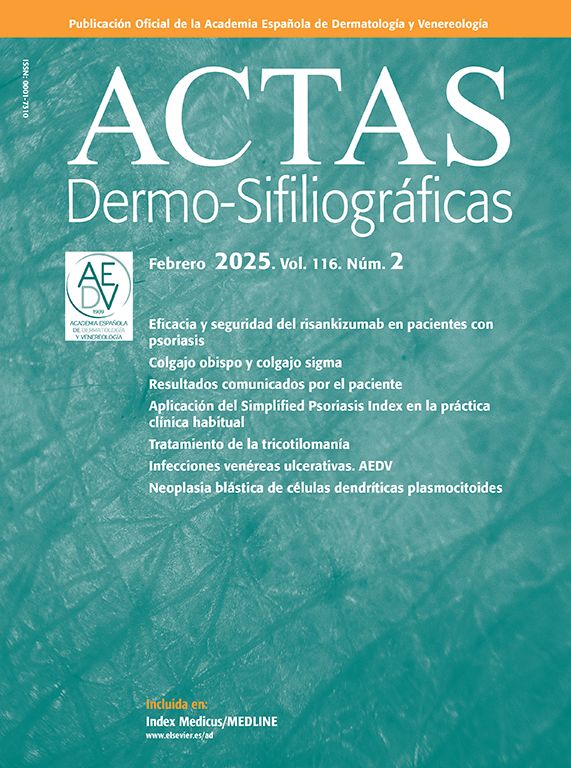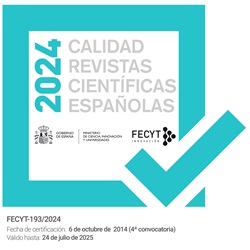Antecedentes: En urticaria/angioedemas vibratorios se ha consensuado que la respuesta positiva al test de provocación del vórtice se defina en función del aumento del perímetro del antebrazo.
Objetivo: estandarizar la prueba del vórtice.
Material y método: Se evaluan la frecuencia de síntomas previos ante estímulos vibratorios mediante un cuestionario; la respuesta (aumento de perímetro del antebrazo, eritema, edema, calor; y, prurito) a la prueba de provocación del vórtice en una población de voluntarios sanos en 12 centros por dos evaluadores independientes en cada centro; la fiabilidad inter-evaluador; y, la correlación entre síntomas previos y reacción a la prueba de provocación.
Resultados: Participaron140 voluntarios. 17 se excluyeron por dermografismo. La prueba del vórtice desencadenó eritema, calor o urticaria/edema localizado en el 58,5%; 38,2%; y el 32,5%, de los casos respectivamente. La concordancia entre evaluadores fue baja respecto del aumento del perímetro del antebrazo a tres alturas (coeficiente de correlación intraclase: 0,477 IC 95%: 0,253–0,634; 0,496 IC 95%: 0,280–0,647; y 0,370 IC 95%: 0,100–0,559, respectivamente) y óptima respecto del eritema, el calor y el edema localizado (índice Kappa: 0,868; .756; y .757, respectivamente). Se identificó una correlación significativa entre la puntuación del cuestionario y la respuesta al test en sus distintas variables (eritema, calor o edema localizado).
Conclusiones: Proponemos que el eritema; urticaria/edema localizado; y el calor; sustituyan a la variable de aumento de perímetro del antebrazo, como requisitos de respuesta positiva a la prueba del vórtice dadas su mayor facilidad de ejecución y el óptimo acuerdo entre evaluadores.
Background and objective: Vibratory urticaria/angioedema is confirmed by the vortex provocation test. It has been agreed to measure the perimeter of the forearm after exposure to the vortex to define a positive response to it.
Material and method: We evaluated the frequency of prior symptoms following vibratory stimuli in volunteers (using a questionnaire); the response to the vortex test in the same volunteers (increase in forearm perimeter, erythema, localized edema, heat, and pruritus); inter-rater reliability; and, the correlation between the questionnaire score and the response to the test.
Results: 140 volunteers participated. 17 were excluded due to dermographism. Of 123 without dermographism, 59% responded affirmatively to ≥1 item of the questionnaire. Localized erythema, heat or localized edema were observed in 58.5%; 38.2%; and 32.5%, respectively.
73,6% presented with itch. Mean intensity of itch was 3.44 95% CI (2.94-3.94).
Interrater agreement was low regarding the increase in forearm circumference at three levels (intraclass correlation coefficient: 0.477 95% CI: 0.253–0.634; 0.496 95% CI: 0.280–0.647; and 0.370 95% CI: 0.100–0.559, respectively); and, optimal regarding erythema, heat and localized edema (Kappa index: 0.868; .756; and .757, respectively). A significant correlation was identified between the questionnaire score and the altered response to the test in its different variables.
Conclusions: We propose the variables: erythema; localized edema; heat; and, the intensity/speed of onset/duration of pruritus, to define a positive response to the vortex test given their ease of execution and the optimal inter-observer agreement.





